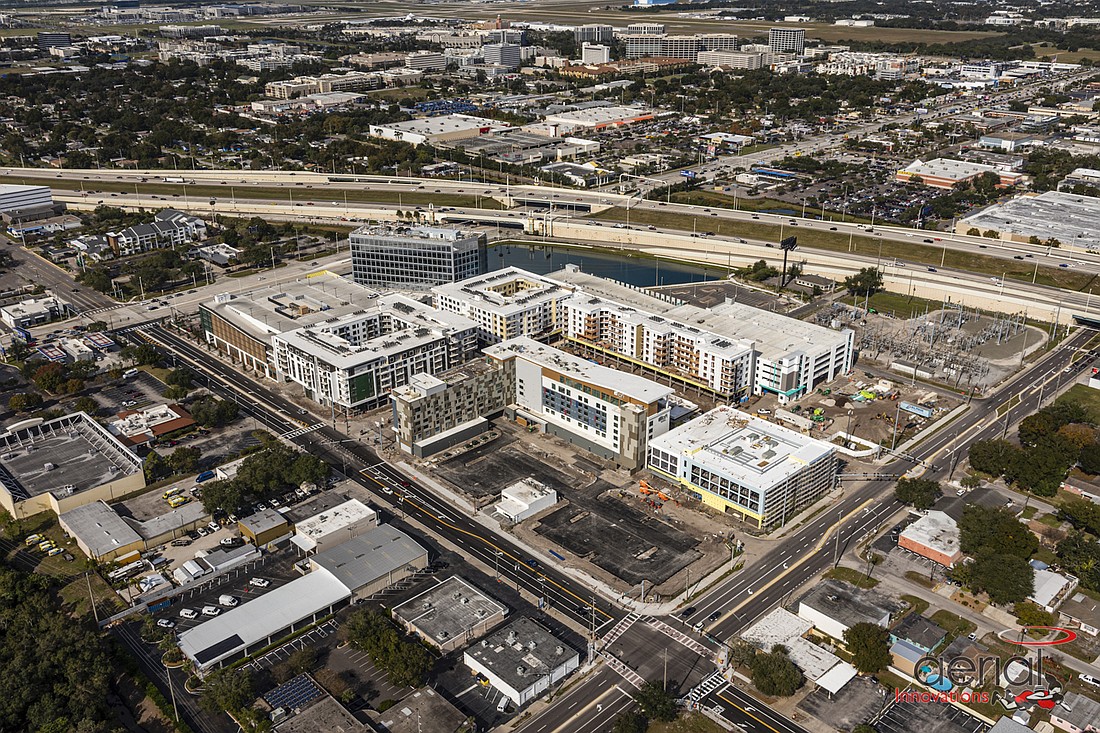- December 15, 2025
-
-
Loading

Loading

Construction largely survived and even thrived during the pandemic along the Gulf Coast last year, but rising construction commodity prices threaten to put a crimp on profit margins, hike rents and even postpone some projects in 2021.
The most notable commodity price increase has been for lumber, which surged more than 35% in the final weeks of 2020. That price hike, to more than $650 per thousand board, is especially worrisome to apartment developers because they rely increasingly on wood for so-called “stick-built” multifamily rental properties.